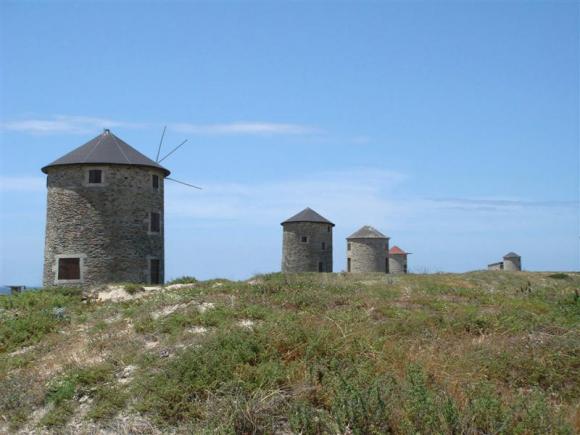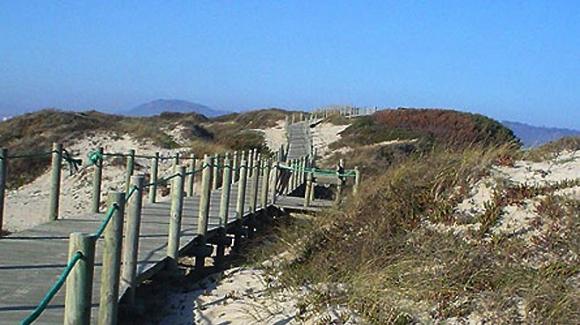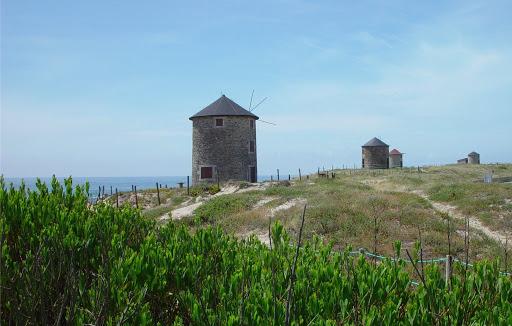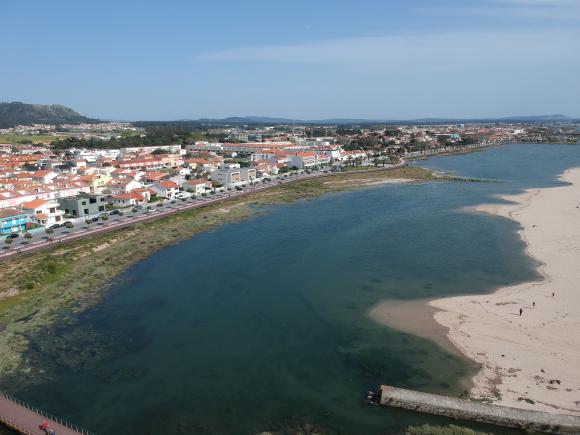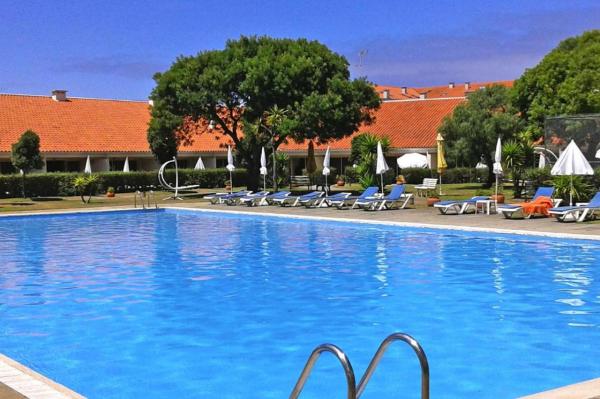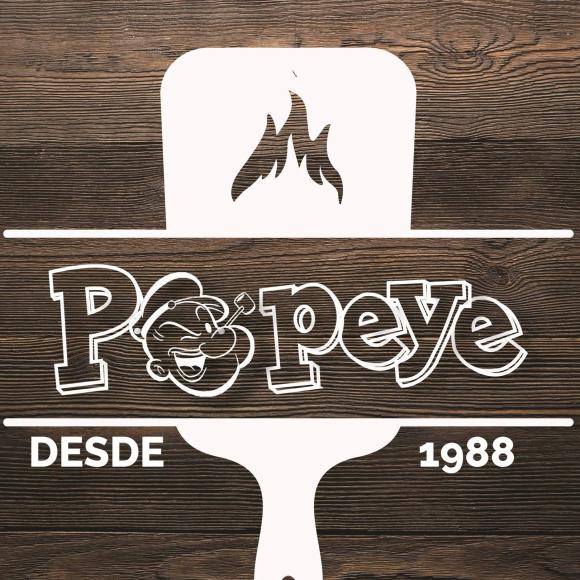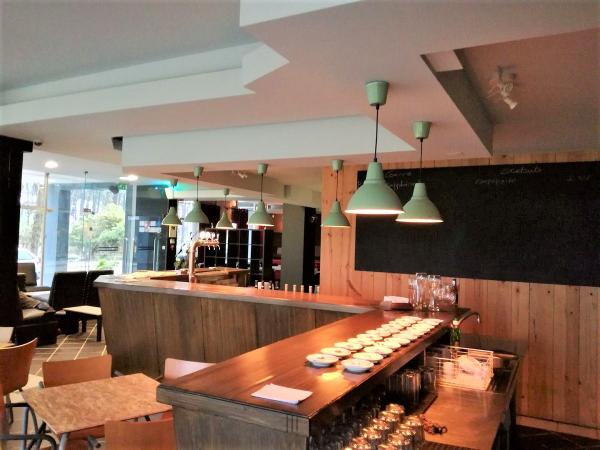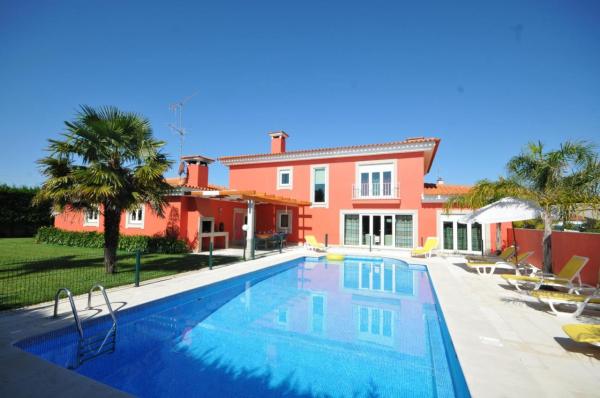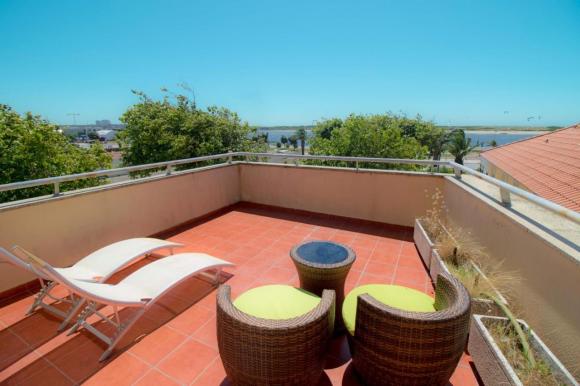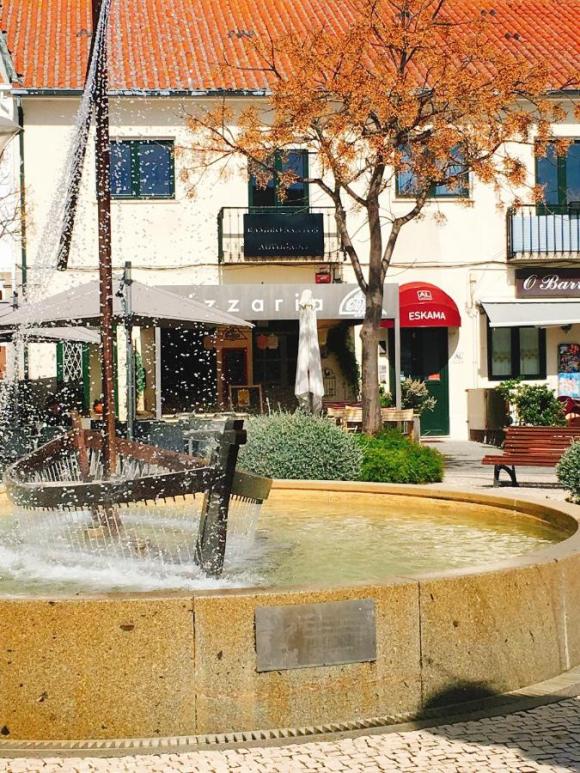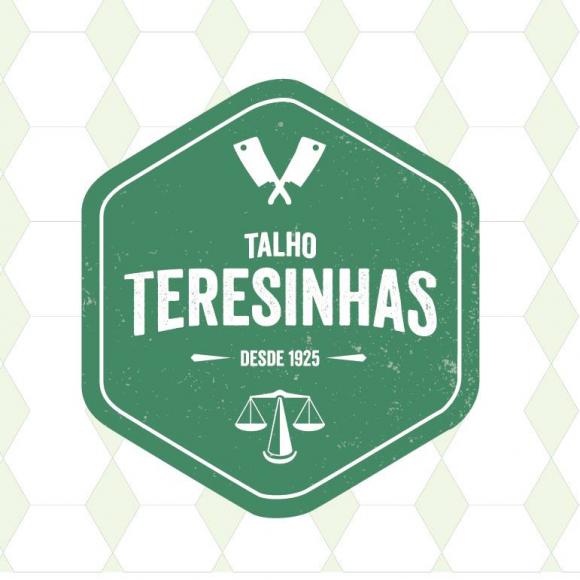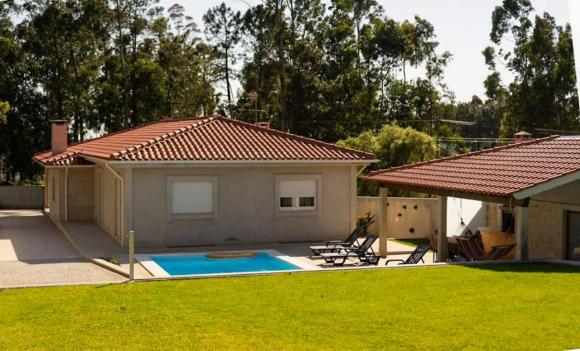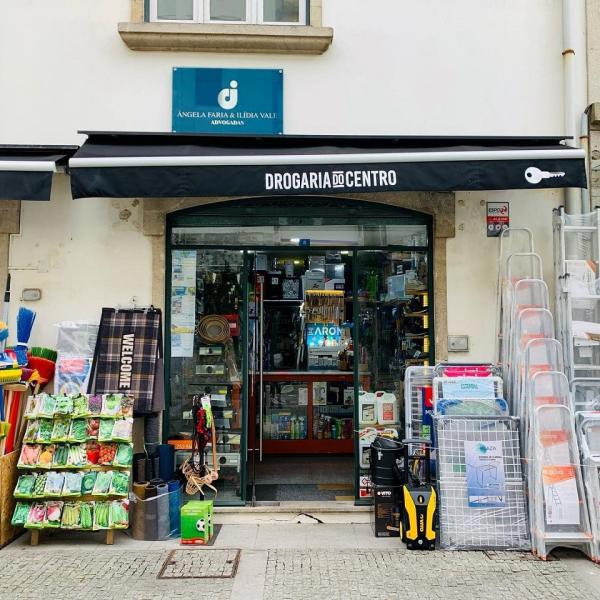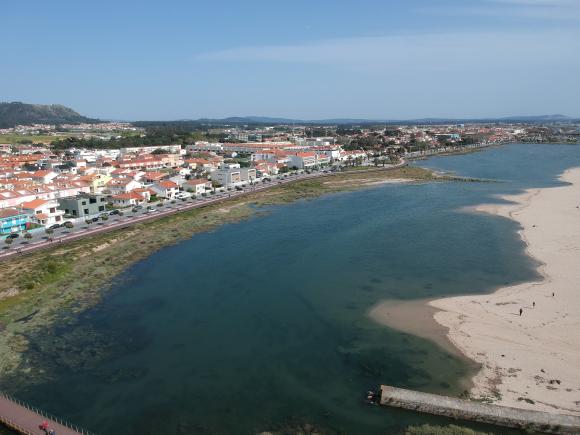
Parque Natural do Litoral Norte
Along the coast platform, the Natural Park of the North Coast is characterized by its scenic beauty. The 16 kilometers of coastline hide some of the most beautiful landscapes in Portugal, worthy of photographing or painting, thus retaining the image in time.
Fão
Esposende
Description
This protected area, created in November 1987, was re-qualified as a Natural Park in July 2005. The defense of the coastal edge of disordered urbanism and the preservation of natural values were major factors in its classification, and this area is also included in the " North Coast "of the Natura 2000 Network. The Natural Park emerges as a means of making compatibility between sustainable development and the conservation of Natural Resources, which does not intend to prohibit the use of this territory, but rather to establish the rules and mechanisms for its correct use. Between the mouth of Neiva and Apúlia, the coastal strip consists of a string of beaches and dunes with which reefs are associated, the small estuaries of the Cávado and Neiva rivers, patches of pine forest, a rural landscape dotted with various population and area recent urbanization.
The beaches to the north, once extensive sands of fine sand, now alternate between the pebbles (former marine terraces) and the sands that make us reflect on the advance of the sea and the importance of the dune cord as a protection barrier. The beaches to the south still retain, for the most part, the extensive sands so appealing to tourism and that have made Ofir a tourist resort of reference. On the beaches of Apúlia, the seaweed became a symbol of agro-maritime work, since the fertilizer from the land came from the sea, in a scenario where the fields themselves were made of sea sand with the smell of sea air in the form of beautiful masseiras.
The North Coast also stands out for its large areas of cordon dune, shelter for plant and animal species, it is also an important element of protection against water and wind and inland habitats. The dunes are particularly developed in the north (Antas and Belinho) and in the south (Fão and Apúlia). This habitat has unique characteristics due to the extremely difficult and harsh conditions, where very unique species occur, such as Estorno (Ammophila arenaria), Euca maritime (Cakila maritime), among others. In addition to the dune cordon, there is also a significant area of Pinhal where we find the wild pine (Pinus pinaster) and the gentle pine (Pinus pinea). There are also small areas of riparian forests of Alnus glutinosa and Carvalhal where we can find species such as Carvalho roble (Quercus robur), Cork oak (Quercus suber), Loureiro (Laurus nobilis), Alder (Alnus glutinosa) or Pilriteiro (Crataegus monogyna).
One of the particularities of this Natural Park is its marine area. In a total area of 8887 ha, the marine area occupies 7653 ha. The cold Atlantic waters associated with a rocky substrate with outcrops that can exceed 18 m, are some of the ecological factors for the great biodiversity in this habitat.
With a strong connection with the marine area, the Cávado estuary and the small Neiva estuary are a natural resource of remarkable importance. Its landscape richness associated with a diversity of fauna and flora, breeding site and "nursery" for many species, makes the estuaries host some of the most significant habitats of PNLN.
Discover the walking routes:
PR1 EPS - Trail Between Neiva and the Atlantic - Route of Wind and Sky
PR-2 - Nature trail: between Cávado and the Atlantic
PR-12 EPS - Trail of Masseiras. Route of the Wind and the Man
Source: https://www.visitesposende.com/
Comments
There are no comments!
Partners same locality

 EN
EN  PT
PT ES
ES FR
FR
